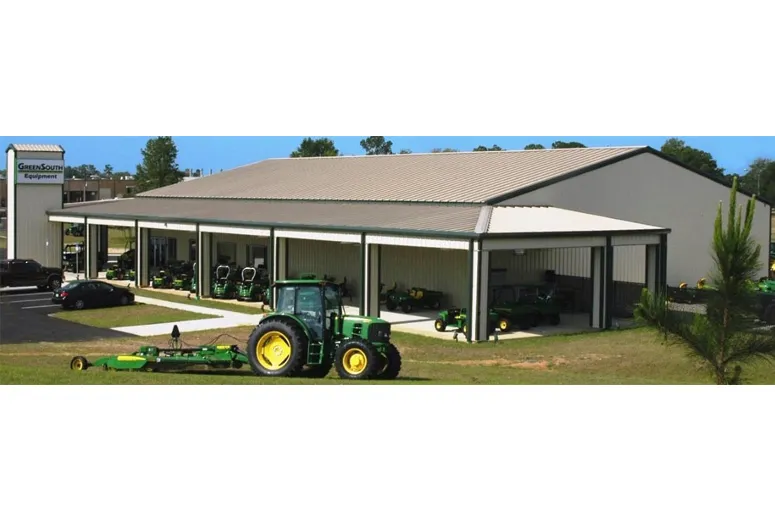- Afrikaans
- Albanian
- Amharic
- Arabic
- Armenian
- Azerbaijani
- Basque
- Belarusian
- Bengali
- Bosnian
- Bulgarian
- Catalan
- Cebuano
- Corsican
- Croatian
- Czech
- Danish
- Dutch
- English
- Esperanto
- Estonian
- Finnish
- French
- Frisian
- Galician
- Georgian
- German
- Greek
- Gujarati
- Haitian Creole
- hausa
- hawaiian
- Hebrew
- Hindi
- Miao
- Hungarian
- Icelandic
- igbo
- Indonesian
- irish
- Italian
- Japanese
- Javanese
- Kannada
- kazakh
- Khmer
- Rwandese
- Korean
- Kurdish
- Kyrgyz
- Lao
- Latin
- Latvian
- Lithuanian
- Luxembourgish
- Macedonian
- Malgashi
- Malay
- Malayalam
- Maltese
- Maori
- Marathi
- Mongolian
- Myanmar
- Nepali
- Norwegian
- Norwegian
- Occitan
- Pashto
- Persian
- Polish
- Portuguese
- Punjabi
- Romanian
- Russian
- Samoan
- Scottish Gaelic
- Serbian
- Sesotho
- Shona
- Sindhi
- Sinhala
- Slovak
- Slovenian
- Somali
- Spanish
- Sundanese
- Swahili
- Swedish
- Tagalog
- Tajik
- Tamil
- Tatar
- Telugu
- Thai
- Turkish
- Turkmen
- Ukrainian
- Urdu
- Uighur
- Uzbek
- Vietnamese
- Welsh
- Bantu
- Yiddish
- Yoruba
- Zulu
Oct . 30, 2024 19:37 Back to list
Designing an Industrial Shed Key Considerations and Best Practices
Industrial sheds serve as crucial spaces for a variety of activities, ranging from manufacturing and warehousing to vehicle repair and assembly operations. The design of an industrial shed must cater to the specific needs of its intended use while ensuring safety, efficiency, and sustainability. This article explores the key considerations and best practices for designing an effective industrial shed.
1. Purpose and Functionality
The first step in designing an industrial shed is to clearly define its purpose. Understanding what activities will take place inside the shed is essential. For instance, a manufacturing facility may require more robust infrastructure to support heavy machinery, whereas a storage facility might prioritize space and accessibility. Functional zoning within the shed should also be planned carefully—allocating areas for loading and unloading, assembly, storage, and office space if needed.
2. Dimensions and Layout
The dimensions of the shed should reflect its intended use. Factors such as the size of equipment, the volume of materials handled, and the number of employees working simultaneously must be considered. A well-thought-out layout can improve workflow and increase productivity. Open spaces with high ceilings are often preferable, as they facilitate the installation of overhead equipment and allow for better air circulation.
3. Structural Integrity
Safety is paramount in industrial shed design. The structure must be durable enough to withstand environmental challenges such as heavy winds, snow loads, and seismic activity, depending on the geographical location. Selecting high-quality materials, such as steel or reinforced concrete, is crucial. Additionally, adhering to local building codes and regulations ensures that the structure meets safety standards.
industrial shed design

4. Natural Light and Ventilation
Proper lighting and ventilation greatly affect the comfort and productivity of employees working in an industrial shed. Utilizing natural light through skylights or large windows can reduce energy costs and enhance the work environment. Effective ventilation systems should also be integrated to ensure good air quality, especially in spaces where chemicals or hazardous materials may be present.
5. Sustainability
In today’s construction landscape, sustainability has become an essential aspect of design. Implementing eco-friendly materials and energy-efficient systems, such as solar panels and energy-efficient lighting, can significantly reduce the carbon footprint of an industrial shed. Rainwater harvesting systems and green roofing can also contribute to environmental sustainability while lowering operational costs.
6. Accessibility and Safety
Accessibility should be a fundamental consideration in the design process. Adequate access for vehicles, including forklifts and trucks, is crucial for efficient operations. Safety features, such as clearly marked pathways, emergency exits, and appropriate signage, should be incorporated into the layout. Ensuring that the shed complies with occupational health and safety regulations is vital in safeguarding employees.
Conclusion
The design of an industrial shed is a multifaceted process that requires careful consideration of purpose, functionality, safety, sustainability, and accessibility. By integrating these key elements into the design, business owners can create an efficient, safe, and productive space tailored to their specific operational needs. With thoughtful planning and execution, an industrial shed can serve as a valuable asset for any industry.
-
How Do Prefabricated Steel Structures Transform Modern Construction?
NewsJul.14,2025
-
How Do Prefabricated Metal Buildings Redefine Modern Construction?
NewsJul.14,2025
-
How Do Prefab Insulated Metal Buildings and Steel Structures Revolutionize Modern Construction?
NewsJul.14,2025
-
How Do Pre - Engineered Steel Structures Redefine Modern Construction?
NewsJul.14,2025
-
Advancing Modular Construction with Prefabricated Metal Structures
NewsJul.14,2025
-
Advancing Industrial Infrastructure with Prefabricated Steel Solutions
NewsJul.14,2025
Products categories
Our Latest News
We have a professional design team and an excellent production and construction team.












